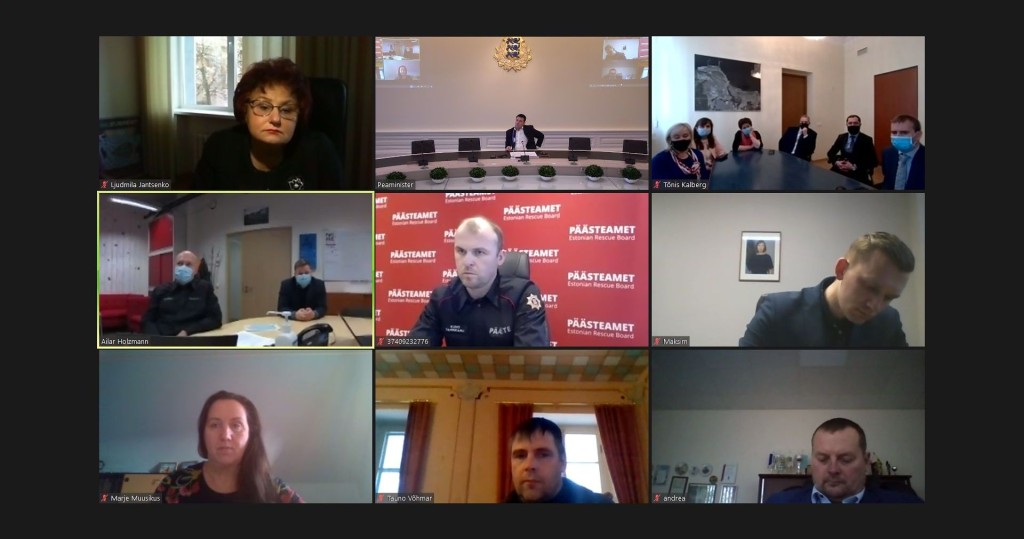By Rory Gowers
15 March 2024
Author note: Intercultural is not multicultural, or cross cultural. ‘Intercultural’ is described as “communities in which there is a deep understanding and respect for all cultures. Intercultural communication focuses on the mutual exchange of ideas and cultural norms and the development of deep relationships. In an intercultural society, no one is left unchanged because everyone learns from one another and grows together.” — Paula Schriefer, Spring Institute

Source: Nina Simon, 15 October 2014
We have recently heard from two long-standing luminaries in the world of conflict resolution and negotiation.
On 22 February 2024 Dr Rosemary Howell in her post within the Kluwer Mediation Blog refers to recent research by Cobb, Castel and Sultani with its dark summary of our times with “Polarisation, violent conflict, fractures, and divisions across and within societies are on the rise globally …” labelling ‘Hyperpolarization’ as “the state of the world we currently inhabit”.
Dr Howell acknowledges the bleakness of the situation, however she points to the encouraging work by Carrie Menkel-Meadow which provides an optimistic insightful and constructive recipe – an article well worth a full read.
On 24 February 2024 William Ury, co-author of Getting to Yes, in a seemingly unrelated post, recalled his recent appearance on Ari Melber’s The Beat concerning the current political tribalism in the United States of America. Ury states “we need more conflict – not less”, and further suggests that we cannot end polarization, however we can transform it into ‘healthy conflict’ with constructive creative negotiation.
Of course, in Australia we see similar polarization of political debate, as demonstrated in the 2023 Referendum, and this continues to stymie meaningful bipartisan collaboration to this day.
Such polarisation does not achieve constructive outcomes for a peaceful and progressive society but serves dominant factions in enlarging their power base and further marginalising minority voices.
Many of us will agree with the statements from both Dr Rosemary Howell and William Ury that the first constructive step is to reframe the context of the conflict by helping parties reflect on the cultural background dynamics shaping the narrative and expectations of each party (and their tribe). It is also useful to adopt the ‘balcony strategy’, as explained by Ury, as well as considering the other party’s perspectives to get the full context.
I encourage all to employ the use of an acronym of the word ‘cultural’ to remind us of the full scope of a cultural background: Commonly Understated Lores, Traditions, Understandings, Rituals, Expectations, Assumptions, Legacy.
By reframing the context of conflict, participants become more empowered and are in a better position to see life from all sides which then prepares them to confer more civilly with others in a joint constructive discourse as all parties seek to bridge the current impasse with practical and realistic solutions that meet the legitimate needs of all.
But is this enough to break the polarization?
After a decade of mediation, I think not; that is, unless we are prepared to adapt the process and embrace the culturally embedded needs of each party rather than blindly use the standard dominant culture’s approach (i.e. western culture). It is a whole new playing field!
I make ‘A Call for a new Intercultural Competence Playbook in Mediating social transformation’ in a recently published peer-reviewed research paper. I posit a new level where the future of mediation is intercultural. This paper can be located on the University of Montreal’s Online Law Journal Lex Electronica Volume 28 n. 5 2023 Special Dossier, Paper 13, pp. 195-215.
We require a new toolkit, and the adventure of our time is to co-create it. Will you join me?
A call for a new mediator playbook
In my paper I claim that “every culture is in conflict; conflict is endemic in the process of culture metamorphosis.” My paper examines the paradox that conflict is intrinsic to every culture, yet there is little attention to the ‘culture’ norms in resolving that conflict. I refer to original thinkers such as Hofstede and Ting-Toomey and compare their contributions to the change in intercultural understanding since.
We are in an unprecedented global pandemic where cultural norms and expectations are under threat, in individualistic and collectivist cultures. We face existential threats from climate change and environmental catastrophes. We need a new mediator playbook for effective intercultural negotiation and issue resolution.
All professionals can acquire intercultural skills, mentorship, or supervision; join immersion events to extend intercultural awareness and communications skills; foster inclusive work environments; adapt coaching methods; cultivate intelligence about cultural differences; and engage with a positive intercultural predisposition, and approach.
Everyone can actively facilitate social transformation by making peace with the other cultures in your land as a vital forerunner to effective intercultural mediation of conflicts.
To allow peace a chance, we must unlock and activate intercultural competence in mediation!
I invite your active participation in reading my paper and responding to the recommendations I put forward.
For this playbook to succeed our approach must be intercultural. Let’s start now. Welcome aboard!
Author biography
Rory Gowers is a Master of Dispute Resolution MDR, a Master of Education MEd, an intercultural mediator, and a business strategist, residing in Brisbane, Australia. Rory has extensive international experience as a visionary business problem solver, and certified results coach. Rory’s mission is to facilitate a more respectful world by inspiring people and groups to transform business ecosystems with practical sustainable solutions with a vision to facilitate a place for all and peace for all in our time. Contact Rory via
Webpage: www.myRESPECTability.com
Email: rory.gowers@gmail.com
Mobile: +61 425292811
LinkedIn: www.linkedin.com/in/constructiveconflictsolutions








